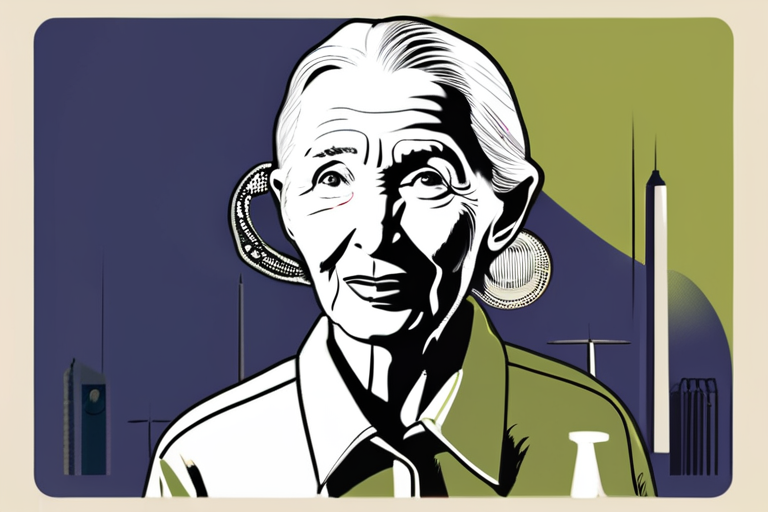Historians Bruno J. Strasser and Thomas Schlich released a new book, "The Mask," in 2025, which explores the multifaceted significance of masks throughout history. The book, published by Yale University Press, delves into the various emotions and experiences associated with masks, from the COVID-19 pandemic to ancient Greece and World War I. The authors, who include a physician in their team, discuss the efficacy of masks in preventing the spread of diseases and the impact of mask-wearing on individuals and communities.
According to Strasser, "Masks have signified hope and despair, courage and cowardice, a sense of community and a sense of selfishness. Our book aims to provide a nuanced understanding of the complex role masks have played in human history." Schlich added, "By examining the historical context of mask-wearing, we can gain a deeper appreciation for the ways in which masks have shaped our experiences and perceptions of the world around us."
The book is part of a growing body of research on the social and cultural significance of masks, which has been influenced by advances in artificial intelligence (AI) and machine learning. AI algorithms have enabled researchers to analyze large datasets and identify patterns in human behavior, including the ways in which people interact with masks.
In a related development, anthropologist Mallory E. Matsumoto published a book, "The Maya Myths," which explores the ancient Maya civilization's use of hieroglyphs and myths. Matsumoto notes that despite significant progress in deciphering Maya hieroglyphs, about one-third of the 1,000 distinct symbols remain to be deciphered. The book provides insights into the Maya's preoccupation with the natural world and their complex system of astronomy.
Matsumoto's research highlights the importance of interdisciplinary approaches to understanding human culture and history. By combining anthropology, linguistics, and computer science, researchers can gain a more comprehensive understanding of the ways in which humans have used language and symbols to communicate and make sense of the world.
The release of these books coincides with ongoing efforts to develop more effective mask-wearing protocols and to better understand the cultural significance of masks. As researchers continue to explore the complex role of masks in human history, they are also developing new AI-powered tools to analyze and visualize large datasets related to mask-wearing and disease transmission.
In the coming months, researchers will continue to build on the insights provided by Strasser and Schlich's book, exploring the implications of mask-wearing for public health and social behavior. As AI technology continues to evolve, it is likely to play an increasingly important role in shaping our understanding of the complex relationships between masks, culture, and human behavior.



























Share & Engage Share
Share this article